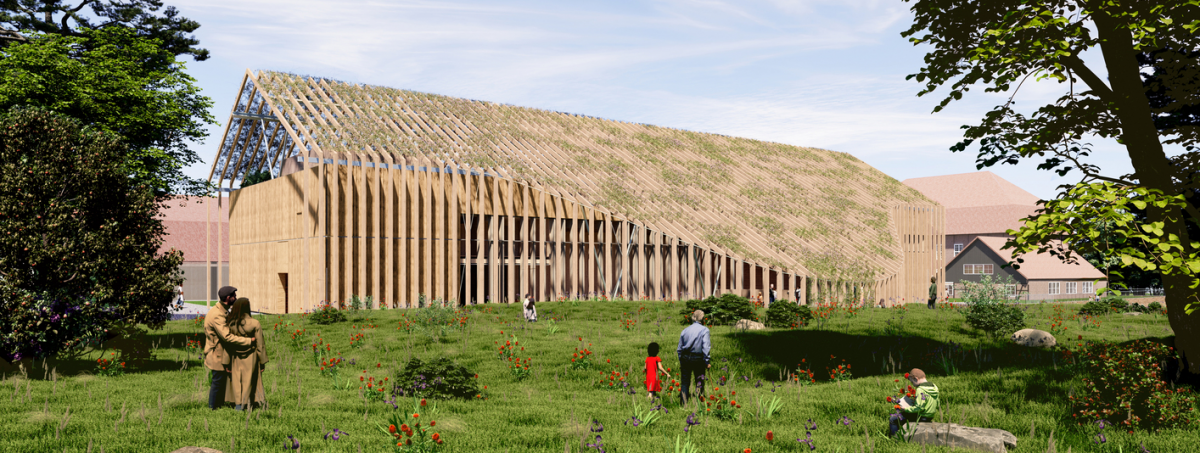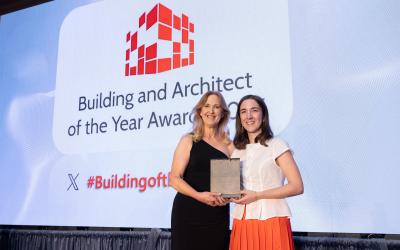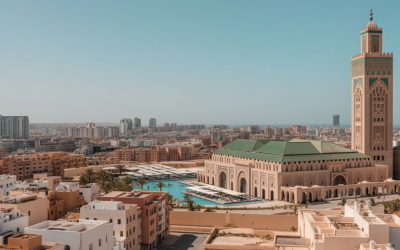Construction has officially started on Museum Ehrhardt in Plüschow, northeast Germany, marking the first European museum project by Francis Kéré and Kéré Architecture.
Developed in partnership with HK Architekten and Hermann Kaufmann + Partner ZT GmbH, the 1,400-square-metre museum will showcase photography and contemporary art, honouring Alfred Ehrhardt, a key figure of Germany’s New Objectivity movement. The project is located near Schloss Plüschow, integrating with existing artist residencies and galleries.
The design emphasises regional craftsmanship and sustainability, combining wood and clay construction with a timber pergola inspired by local gable forms. A central 80-metre rammed earth wall helps regulate the indoor climate while showcasing ecological materials. The lightweight timber structure above is engineered for dismantling and reuse.
Outdoor features include a roof biotope and ground-level garden designed to collect rainwater and minimise environmental impact. Covering 6,871 square metres, including nearly 4,000 square metres of landscaped gardens, the museum is scheduled for completion at the end of 2027.
These cultural projects highlight growing opportunities for sustainable design, adaptive construction techniques, and material innovation. The careful integration of ecological systems and modular construction methods reflects a wider architectural shift toward circular design and resource efficiency.
In parallel, Germany is advancing large-scale innovation and architectural development. Construction has begun on the 30-hectare Innovation Park Artificial Intelligence Campus in Heilbronn, designed by MVRDV, which will host over 5,000 AI professionals. Elsewhere, Zaha Hadid Architects reached a milestone on Taipei’s Danjiang Bridge, installing the final steel deck segment, while OMA unveiled a hillside redevelopment plan in Busan, South Korea, addressing urban transformation on steep terrain.
These projects signal increased demand for architectural precision, sustainable urban planning, and integrated project delivery, underscoring the strategic role of design innovation in shaping future-built environments.
Explore how these international construction initiatives could reshape building and architecture planning.













.png)

